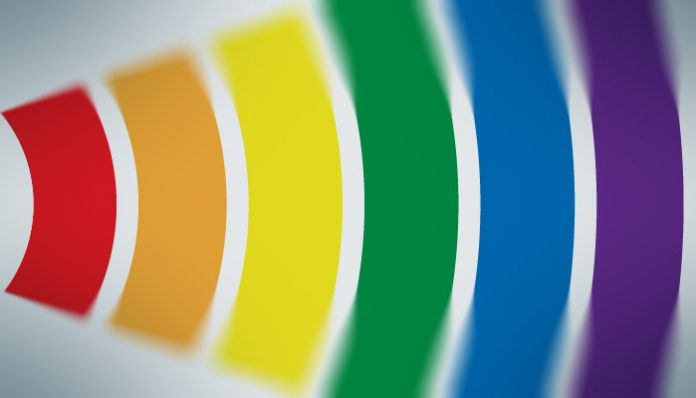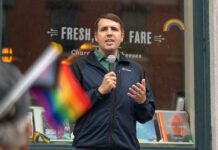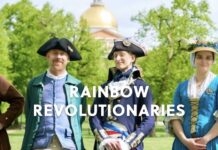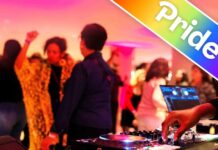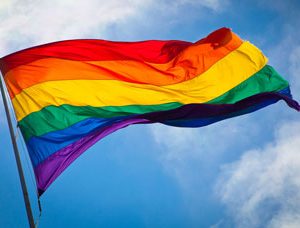
Pride is usually a time for much celebration and many LGBTQ communities venture out to declare to the world that they are out and proud. However, while this is supposed to be a joyous occasion for LGBTQ people, the threat of violence seems to always be a clear and present danger. Although Pride season is over, for those who are out year round, this is a daily reality.
Christin Howard, a young hairstylist attending the Motor City gay Pride event, a place where the LGBTQ community is supposed to be celebrated and affirmed, was instead brutally attacked by eight men. Howard sustained a bloody eye and a broken hand. This is the first time in the more than 40-year history of the event that violence has broken out.
For many queer people of color, this incident is a painful reminder of how many of us do not feel safe within our intersecting communities. Within mainstream gay communities we are often confronted with racism and fetishism. Within our ethnic communities we are often told that we are unnatural and antithetical to the values of our varied cultural upbringings.
Whether straight or queer men attacked Howard is irrelevant. The fact that he was attacked and no one interfered on his behalf (the attack was recorded on a cell phone) highlights how dangerous it can be to be out especially for trans/gender non-conforming people even within queer spaces. Given that he was criticized for his long hair and called homoantagonistic terms, there is no doubt that Howard was attacked because he didn’t conform to the traditional way in which men are expected to express their gender identity.
After the San Francisco’s Gay Pride celebration, a group of men viciously attacked a lesbian couple. The men called them an anti-gay slur and kicked one of the women at least ten times. The police have since confirmed the incident as a hate crime. This assault is another painful reminder of how women, especially LGBTQ women of color are frequently targets of violence.
One way to prevent incidences like these in the future is to dispel misconceptions and prevailing stereotypes about queer people of color. However, education doesn’t just happen by itself. The most effective way seems to be through shared understanding between communities. This is the value of local organizations such as the Hispanic Black Gay Coalition (HGBC) that offer community development activities such as trainings, support for gay-straight alliances in high schools, speaker panels, and monthly discussion groups. Through these activities, HBGC helps bring attention to the intersectionality of race, gender, and sexual orientation which can play an important part in bridging the divide between queer people of color and their ethic communities as well as the mainstream LGBTQ community. It is to the benefit of queer and straight people alike to open the doors of communication and understanding between one another and denounce violence and hatred that only serves to keep us fearful of and in opposition to one another.
JK Lynn is student at Brandeis and is also an intern at HBGC, serving as the organization’s advocacy coordinator. Contact at: jnash@hbgc-boston.org.


